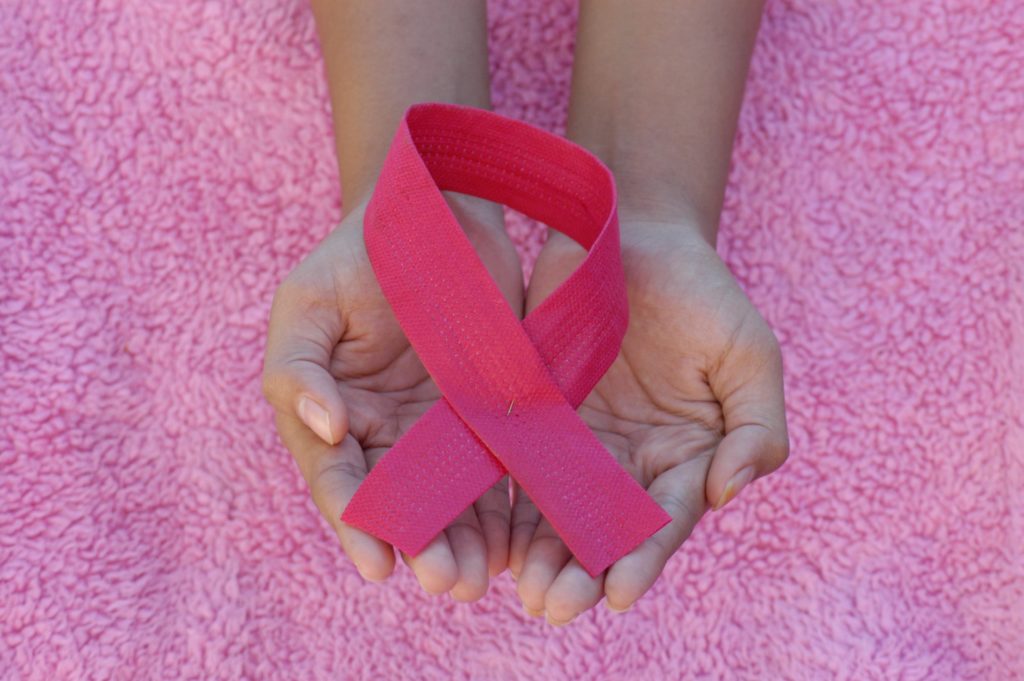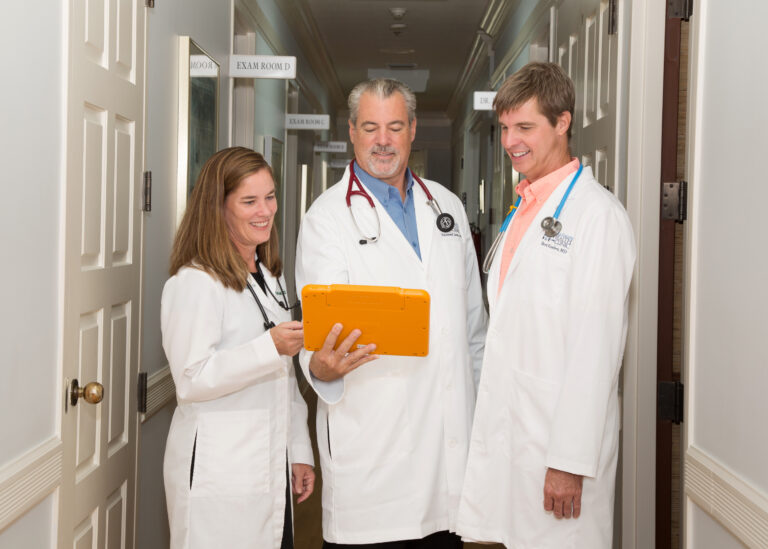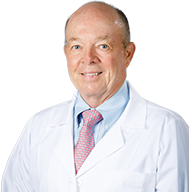
Breast Cancer Awareness: A 50 Year Perspective

October is again Breast Cancer Awareness Month. Articles and programs will appear in the media emphasizing an awareness of the incidence of the disease and the treatment of breast cancer in our society. As male breast cancer is unusual, the media effort is often presented in literature and programming focused on women’s health. Yet as an oncologist who has faced breast cancer medicine for 40 years, awareness of breast cancer is much more than a female topic to me.
In 1977, the biology of breast cancer, like most solid tumor malignancies, was understood about as well as a black box. Breast cancer occurred in the young and the elderly. It could be localized or widespread. It could be indolent or aggressive. It had variable characteristics which were poorly, if at all, understood. Yet, there was a glimmer of hope. Early reports of molecular identification of a biologic marker in breast cancer cells, now known as the estrogen receptor, began to make sense of some of the biologic variables. Other studies reported differences seen under the microscope which began to differentiate localized (in-situ), versus invasive (more malignant) disease. These early observations served to stimulate the research community to intensify its efforts directed at breast cancer diagnosis and treatment. Special interest groups including woman’s health initiatives, breast cancer support groups, and private philanthropy continued to pressure federally funded academic centers to increase basic science efforts and promote awareness of breast cancer in our society.
From the beginnings of the molecular cancer biology advances, breast cancer research has often led the way in the development of new approaches to malignant disease.
Molecular genetics, familial cancer clustering, and genomic (DNA and RNA) analysis have all been used to understand and treat breast cancer patients. Countless breast cancer patients have consented to basic science and clinical treatment trials to help develop diagnostic tests and treatment programs designed to prevent and cure breast cancer. In this effort these brave patients have validated research and treatment approaches of many kinds. These advances have benefitted patients suffering from lung cancer, colon cancer, hematologic malignancies, prostate cancer, and many other malignancies. Our awareness of breast cancer should applaud the effort made by those patients and investigators of the last 50 years. Their effort has partially made possible the broad advances seen in cancer medicine and other diseases.
Articles this month will focus on early detection. Scheduled digital mammography, and, if needed, ultrasound and MRI testing are standard medical screening practice. Careful family history reporting will help identify any underlying genetic predisposition for developing breast cancer or other genetically related cancers. Lifestyle approaches including weight control, exercise, avoidance of excess alcohol, and judicious use of hormone replacement will be noted. These efforts will result in personalized screening programs, especially for those at heightened risk. All of these measures will maximize the chances for early breast cancer diagnosis and cure. Screening programs for other diseases share this outline.
Yet, for me, the awareness of breast cancer goes even further. 45 years ago we had little to offer patients with breast cancer, or for patients with advanced cancer of most types. In 1983, about 10 years after the advent of molecular cancer biology as we know it today, the Journal of Clinical Oncology, today’s premier cancer journal, was founded. Inside, the cover of Volume 1, No. 1, was an advertisement for the anti-estrogen drug, tamoxifen. The byline below the drug was “An ideal choice, when choices are few.” No statement could have been more true. Since then, much has changed. A recent article in the New York Times publicized and outlined the current state of treatment for malignancy, including breast cancer. Advances in targeted therapy, checkpoint inhibitors, hormone therapy combinations, and monoclonal antibodies have replaced or at least diminished the need for often more toxic chemotherapy for many diseases. Many of the advances mentioned (Her-2 for example), come from the breast cancer experience. Lung cancer, colon cancer, and many hematologic malignancy treatments have capitalized on the recognition of the mechanisms of disease and the biologic capacities identified in years of breast cancer investigation. We all should be aware enough to thank breast cancer for sharing.
In ending, the pandemic has deflected some of the emphasis we should place on being aware of not just breast cancer, but all malignancies. We will need to double down on screening programs and efforts directed at early detection and prevention advised by the National Cancer Institute and various medical societies. So too should we be aware that some of the investigative research in breast cancer has provided research knowledge that has allowed the rapid development of the mRNA vaccines and the therapeutic anti-covid-19 monoclonal antibodies which give us hope for controlling and ending the pandemic.
Being aware of breast cancer, to me, means being aware of advances in science and the benefit those advances bring to us all, including those with breast cancer.
So, in addition to recognizing the Awareness of Breast Cancer Month, stay well, listen to science when you can, get vaccinated (influenza and COVID-19) and be kind to each other.
More Recent Healthcare News

Every year we celebrate Doctor’s Day and Nurses Week, but there’s one more recognition event that’s just as important. Administrative Professionals Day is April 24th this year and I want to be sure to bring special attention to three incredibly special members of the Boca Grande Health Clinic family. Jonna Foos, Director of Operations Jonna […]

April, the birth month of James Parkinson, is Parkinson’s Disease Awareness Month. Parkinson’s is a degenerative syndrome that results in the gradual loss of brain circuitry involved in movement, thinking and behavior. According to the National Institutes of Health (NIH), the first clear medical description of Parkinson’s Disease as a neurological condition was written in […]

March 30th marks a special day on our calendar – Doctor’s Day! It’s a time to honor those who dedicate their lives to caring for us. At the Boca Grande Health Clinic, it’s the extraordinary team of board-certified physicians – Dr. Raymond A. James, our Medical Director; Dr. Bret Kueber, the Assistant Medical Director; and […]

Ask a Doc: Kicking Colon Cancer in the Butt
March 22, 2024According to the American Cancer Society, the lifetime risk of developing colorectal cancer is about 1 in 23 for men and 1 in 25 for women. The death rate from colorectal cancer has been dropping in older adults for several decades. Unfortunately, colorectal cancers now rank as the leading cause of cancer death in men […]

